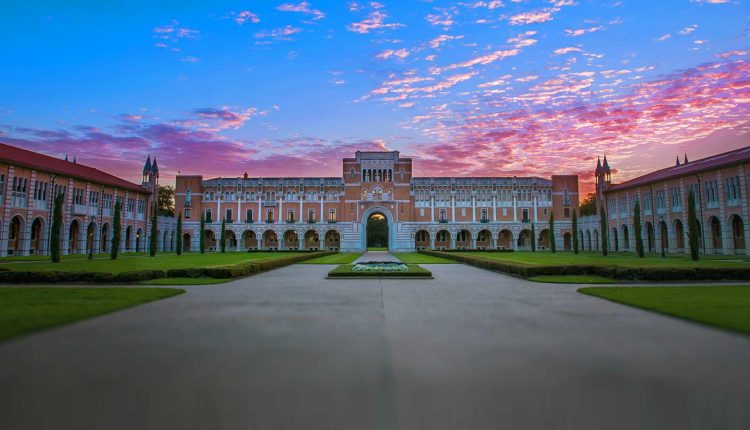Rice University: Many Latinos chose virtual learning for children to minimize health risks to family, study shows
Many Latino families chose virtual learning for their children instead of returning to the classroom last fall in an effort to minimize health risks and protect vulnerable family members from COVID-19, according to a new study from a Rice University sociologist.
Julia Szabo, a sociology graduate student and the study’s lead author, said the debate over virtual versus in-person schooling during the early days of the pandemic inspired her article, which included interviews in the summer and fall of 2020 with 21 Latino families with children enrolled at a Houston-area charter school.
“Many educational leaders said that vulnerable, low-income and/or non-white families needed access to in-person instruction, citing historic achievement gaps and arguing the pandemic would exacerbate inequality,” she said. “However, as schools reopened in major cities, enrollment patterns did not reflect this.”
Szabo said Hispanic families in her study regularly had to put themselves at risk of contracting COVID-19, usually due to work obligations.
“While high-wage workers transitioned to working at home, many low-wage workers did not have this option,” Szabo wrote in the paper. “Parents who worked in construction, manufacturing and cleaning continued to work in person throughout the pandemic, and they experienced the risks of COVID-19 because of this work.”
As a result, Hispanic parents who were unwilling to introduce any unnecessary threats to their families often saw virtual learning as a way to lower their risk.
“They sent us a survey about if we wanted the children to go back to school or not, and I mean, at this moment, I say no,” one respondent said during an interview with Szabo. “There are so many infected people … I want the minimum contact and exposure to others and the virus that I can have so that they cannot bring it into my home, this is my concern.”
“In our home we’ve had three scares because men who work with my husband had it,” said another interview participant. “One colleague died. … It was very difficult.”
The decision to keep children from returning to in-person school in fall 2020 came alongside an acknowledgment that virtual schooling was not as beneficial in the long run.
“It’s not the same instruction, you know, it’s a hard decision,” one of the parents said in an interview.
Szabo said data on school enrollment collected during the pandemic showed white families sent their children for in-person instruction at higher rates and were less likely than Latinos and Blacks to support mask mandates in schools. She said these decisions may be attributed to factors such as higher-income families having access to larger houses with room to quarantine sick family members, access to better health insurance, and access to remote work and/or job benefits that allow family members to miss work to care for sick relatives.
“These resources are not equally distributed in the United States, leaving some communities and families more vulnerable to the pandemic than others,” Szabo said.
Szabo hopes the research will encourage school districts to consult with parents or caregivers of students to better understand how virtual versus in-person options affect individual families.

